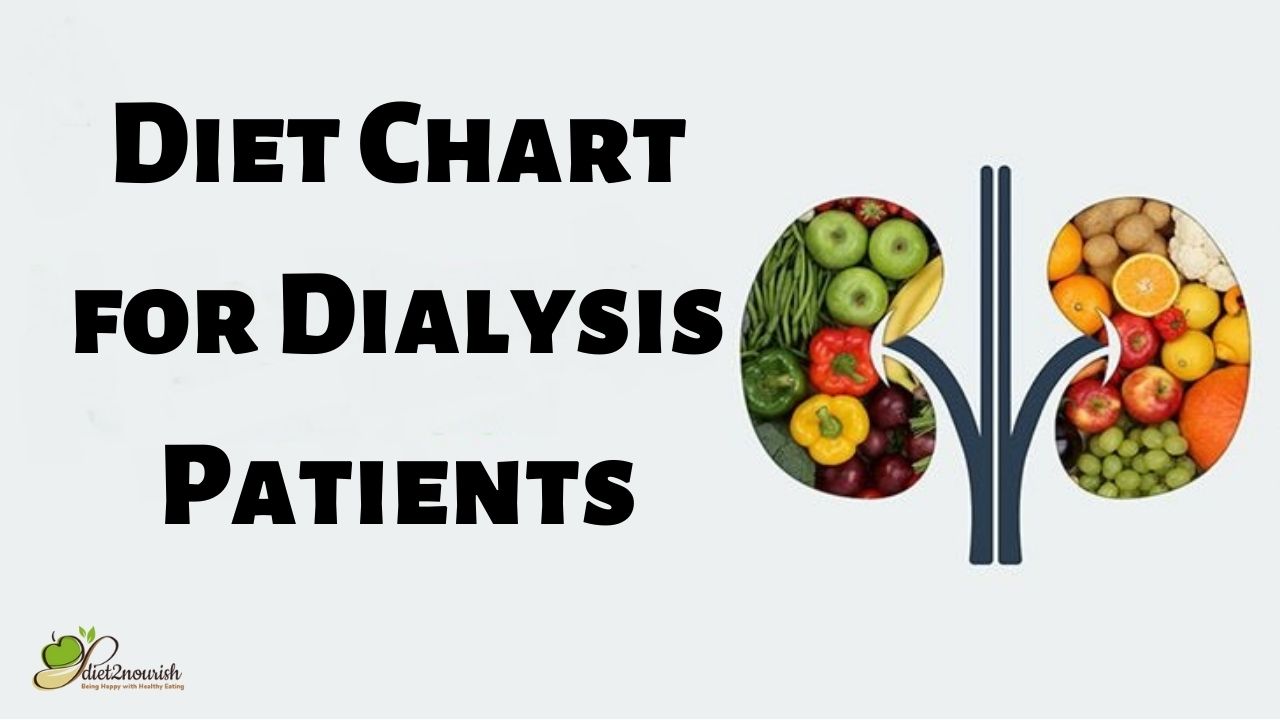Dialysis Patient Diet Chart
Complete your dialysis process with the best dialysis patient diet chart. It is a life saving process. However, this must be done with a suitable diet chart.
With the help of the best dieticians, we can guide you. You can know the dialysis patient diet chart. It is easy to follow. You can learn about good foods. Then there are bad foods that you must avoid. The diet plan will explain it all.
You can get rid of kidney problems. All you need is patience. You will see results soon with this diet. The meal plan will solve your problems. Restore your health naturally.
You can find it in simple steps. The meals are easy to prepare. You can locate the diet food in any market. If you or anyone you know is on dialysis. Then here is the complete guide.
What is dialysis?
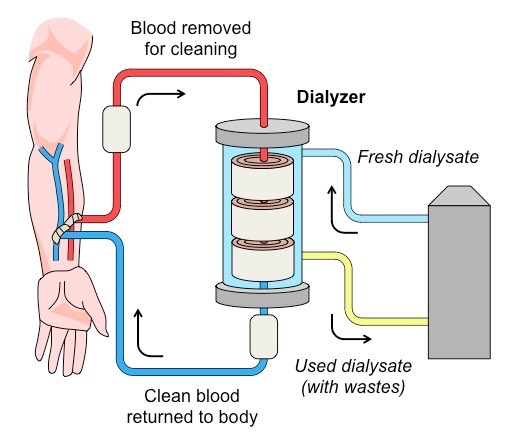
Kidney dialysis is a medical process. It removes excess water, solutes and ions from the urine. This can help People with kidney disease. Those people whose kidneys can not do so on their own.
This process removes waste products from the blood. These waste products can build up in the body. They can cause serious problems. Therefore, It is a life saving treatment.
How can a diet plan help you with dialysis?
Diet plays a key role for dialysis patients. Some ways that diet can help are:
1. A good diet can reduce the workload on the kidneys
2. Diet can help manage blood pressure
3. It reduces fluid buildup
4. Diet helps to maintain a healthy weight
5. It prevents weakness
6. Suitable diet for kidney helps with blood sugar levels
What kind of diet plan helps you with dialysis?
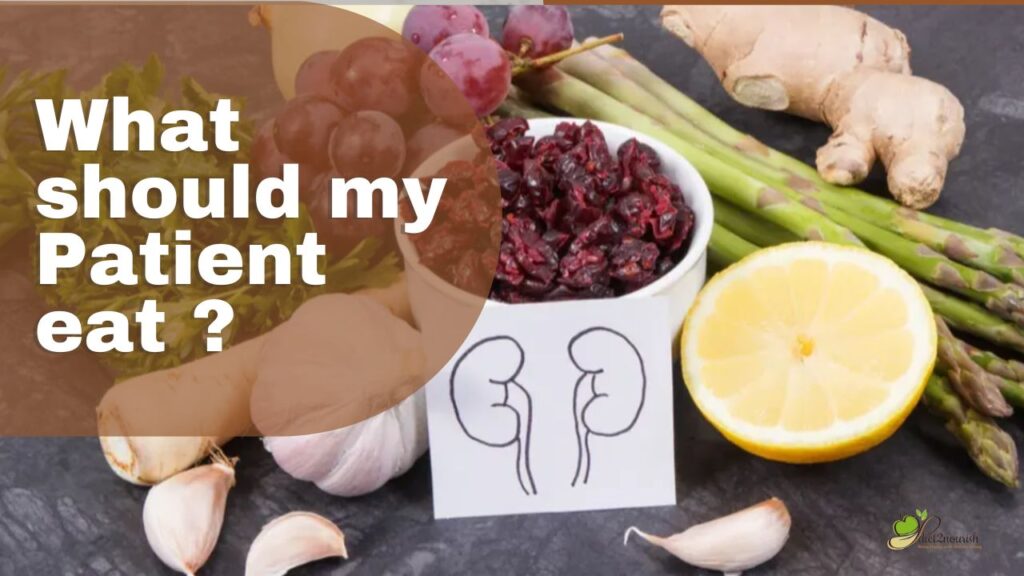
A kidney-friendly diet is a special diet. It can help you with dialysis. This is to reduce the stress on the kidneys. It is rich in nutrients. Moreover, it supports kidney health. It has a number of benefits. Get to know about this diet:
● Low in sodium:
This diet has low sodium. It can help with blood pressure. This plan can reduce fluid retention.
● Low in potassium:
Dialysis cases have high potassium in their blood. It can be threatening. You should eat a diet with low potassium food. It can help you with this. This can help you manage your potassium levels.
● Low in phosphorus:
High levels of phosphorus in the blood can weaken bones. In addition, it can contribute to a number of heart diseases. Low phosphorus meals can help with this.
● High in protein:
This diet should have High proteins. It affects the kidneys. You can eat lean proteins. They can help prevent weakness. You can avoid weight loss. It can promote healing.
Best Food for Dialysis Patient Diet Chart
here are some of the best foods that dialysis patients can eat:
● Low-potassium fruits and vegetables:
Some fruits and vegetables are high in potassium. They can be dangerous. You can eat low-potassium fruits. There are a few vegetables that are low in potassium. They include apples, berries, grapes, green beans, lettuce, and peppers. You can have them daily. They help keep your kidneys strong.
● Low-phosphorus dairy products:
Dairy products are a good source of protein. They are high in phosphorus. Dialysis patients need to say no to dairy. Therefore, you can choose low-phosphorus options. Such as cream cheese, ricotta cheese, or sour cream. You can eat them daily. They can be a part of a number of meals.
● Whole grains:
Whole grains are a good source of fibre. They have a number of other nutrients. These grains are low in sodium and phosphorus. Good choices are brown rice, quinoa, and whole wheat bread. You can eat them. They are good for kidneys. You can make numerous meals with them.
● Healthy fats:
Dialysis patients should eat foods that have healthy fats. They are useful. You can find them in olive oil, avocado, and nuts. They can make different meals.
● Limited fluids:
Dialysis patients need to limit their fluid intake. It can prevent fluid buildup. For this, you can eat ice chips, gelatin, and sorbet. They are useful. You can eat them.
Best food groups for dialysis patient
1. Best Vegetables for Dialysis Patient
- Ghia
- Torai
- Parwal
- Bhindi
- Cabbage
- Cauliflower
- Onion
- Brinjal
- Cucumber
- Green pea
- Carrot (after leaching process)
2. Best Fruits for Dialysis Patient
When kidneys don’t function properly, you need to be selective about fruits. There are some fruits that can damage the kidneys. You can avoid them. Choose the best fruits for dialysis. You can eat these fruits for healthy kidneys. They do not put loads on them.
- Apples
- Pears
- Guavas
- Papaya
3. Best Pulses for Dialysis Patient
only dhuli daal.
4. Eggs, fish, and meat:
Egg white, fatty fishes like salmon, trout, sardines, and skinless chicken.
5. Cereals:
all cereals and cereal products like wholewheat
6. Milk –
skimmed milk
7. Fat-
according to requirement (refined/olive/mustard/desi ghee)
8. Salt-
3 to 4 gm /day
Leaching process for dialysis patient
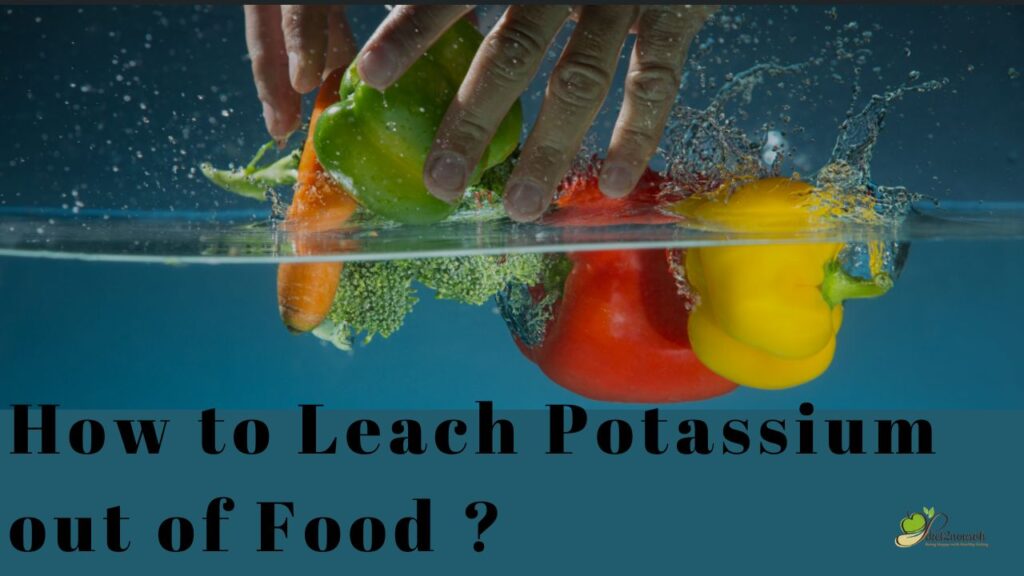
Its important to pullout potassium from vegetables. Hence, kidney do not get burdened with potassium load. By this way you can enjoy your favourite vegetables which are rich in potassium.
How to leach vegetables
- Peel and place the vegetables in cold water, so they wont darken
- Slice vegetables in 1/8 thick
- Boil in warm water for few seconds
- Cook vegetables with 5 times more amount of water than the vegetables.
healthy snacks for Dialysis patient

- Puffed rice snacks
- Chiwada namkeen
- Home made popcorn
Some of the Worst foods for dialysis patients that are a NO
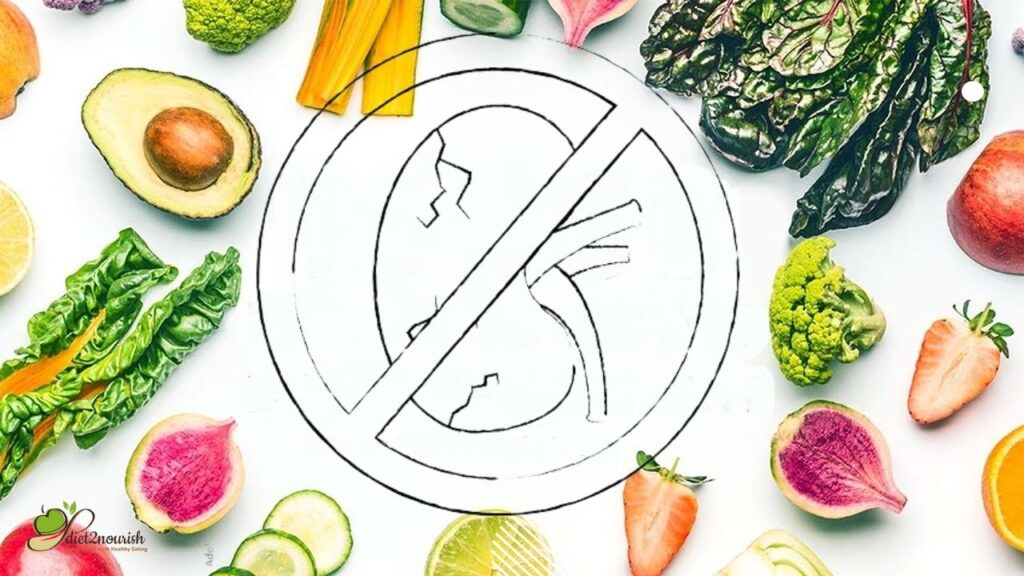
Dialysis patients need to avoid a few foods. They can increase the risk. Moreover, they are bad for kidneys. Some of the worst foods are:
1) High-potassium foods
There are a number of fruits and vegetables that are high in potassium. Therefore, you need to stay away from them. They include bananas, oranges, tomatoes, spinach, and avocados. These foods impact health. They can damage the kidneys. So, avoid them.
2) High-phosphorus foods:
Dialysis patients should limit their intake of some foods. There are many foods that are high in phosphorus. You should not eat cheese, milk, yoghurt, nuts, and seeds. They can have bad effects.
3) Processed foods:
Processed foods have sodium. You should avoid them. These foods are a big No. You should avoid canned soups, frozen dinners etc.
4) Fast food:
Fast food is a big No. It is high in sodium, potassium, and phosphorus. All of them are bad for your health. They have a bad impact on the kidneys. You can choose healthier options.
5) Pickled foods:
Pickled foods are processed. They are high in sodium. It can be dangerous for dialysis patients. Therefore, you need to avoid them. Pickles are bad for kidneys.
6) High-sugar foods:
These patients should not eat high-sugar foods. It includes chocolates, candy, soda, and other sweets. They can have a bad impact on the body. It can lead to kidney damage. They are a big No.
7 Days dialysis patient diet chart
A patient can eat as in this diet chart.
It is a sample
Breakfast:
- 1 slice of whole-grain toast
- 1 small apple
- 1 cup of herbal tea
Snack:
- 1 small low-potassium fruit, such as a guava or an apple
- 1 small low-sodium rice cake
Lunch:
- 2 rotis with cooked cauliflower
- 1 small small bowl of curd
Snack:
- 1 cup of skimmed milk
- 1 small low-sodium string cheese
Dinner:
- Cooked bottle gourd vegetable
- 1/2 cup of cooked rice
- 1/2 cup of cooked green beans
- 1 small low-potassium fruit, such as a pear
Dos and don’ts with this dialysis patient diet chart
Here are some of the dos and don’ts. You need to keep them in mind. While following dialysis patient diet chart:
Dos:
- Portion control is important. It can lead to a healthy weight. Moreover, you can have a good nutrient intake.
- Do choose low-sodium food. And eat low-potassium foods. This will keep blood pressure in check. It will keep electrolyte levels in Check.
- Do drink more water. It is important to stay hydrated.
- You can see a dietician. They can guide you with this. You can get a proper diet. It is good for your health. You can recover faster.
Don’ts:
- Don’t eat foods that are high in potassium. They are bananas, oranges, tomatoes and spinach. These foods are bad for dialysis patients.
- Don’t eat high-phosphorus foods. They are cheese, milk, yoghurt, nuts, and seeds. These foods can contribute to high levels of phosphorus in the blood.
- Don’t eat processed foods or fast food. These foods are often high in sodium. You should avoid them.
- Don’t eat high-sugar foods. They are candy, soda, and other sweets. These foods can contribute to high blood sugar levels.
Frequently asked questions (FAQs)
Are chicken and meat safe for dialysis?
Answer:
Dialysis patients should not eat animal protein. Therefore, you should avoid these foods. They can cause the buildup of waste products in the blood. When protein breaks down in the body, it forms waste products. They are normally removed by the kidneys. However, in dialysis, the kidneys are not functioning properly. Thus, the waste products can build up in the blood. They can cause problems. Non-vegetarian foods have higher protein than plant-based foods. It’s excess leads to higher levels of waste products. This is toxic.
Is it safe for dialysis patients to eat foods like pasta?
Answer:
In this case, you can eat whole grain pasta. It is low in sodium. You can use herbs and spices Instead of salt. Keep the meal healthy. Check your blood sugar.
Is rice good for dialysis patients?
Rice is a great choice for any dialysis patient. Rice not only provides energy but is also low in minerals – perfect for dialysis. Rice is mainly carbohydrate, with small amounts of proteins. If you have major health concerns and find it difficult to manage weight, and blood sugar, you will need to take rice in limited quantities. However, white rice is better than brown rice if you have kidney troubles.
Excessive intake of brown rice is not suggested for people undergoing dialysis treatment. Brown rice has more amounts phosphorous and potassium, compared to white rice, which may further lead to weaker bones, other heart disorders, and also joint pains.

